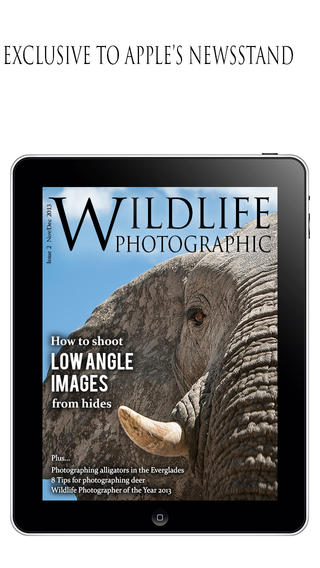Yellowstone 2017 #1—Grizzly sow & cub
This is Part 1 about our late April trip to Yellowstone National Park.
Lately, my buddy Ryan Marshik and I have been making our annual wildlife photo trip to Yellowstone National Park in the spring. This year we both were able to slip out of our family roles in late April.
One of the highlights was a sow Grizzly and her yearling cub. The ranger told us that folks call her “Valley Girl,” as she hangs out in a valley near Roaring Mountain. We were fortunate to cross paths with the pair on two consecutive days (April 28 and April 29)…They were oblivious to the two-legged photographers, and put on a quite a show. The ranger said that they had just awoke from hibernation on April 26 or 27.

Yearling cub. Young Grizzly stay with their moms for two winters. The ranger said that the sow “Valley Girl” had two cubs last spring but only this one survived into the second spring.

Mom has a red tag in each ear and a radio collar. The youngster had learned well, and did everything mom did.



[Sony A6500 with Canon 200mm f2 lens (Metabones adapter); 1/1000 sec at f2.0; ISO 100; tripod]
[Sony A6500 with Canon 200mm f2 lens (Metabones adapter); 1/1000 sec at f2.0; ISO 100; tripod]


The yearling would occasionally get preoccupied with digging up food (worms? roots?) and then look up, only to realize that mom had mosied away. The yearling would then run back to her. I figured I’d try some panning blurs at very slow speeds (1/30 and 1/20 second). These were the only four that were interesting.
[Canon 7D with Canon 200mm f2 lens (Metabones adapter); 1/30 sec at f13; ISO 100; hand-held]
[Canon 7D with Canon 200mm f2 lens (Metabones adapter); 1/20 sec at f14; ISO 100; hand-held]
[Canon 7D with Canon 200mm f2 lens (Metabones adapter); 1/20 sec at f14; ISO 100; hand-held]
[Canon 7D with Canon 200mm f2 lens (Metabones adapter); 1/20 sec at f14; ISO 100; hand-held]




Sony A6500 with Canon 400mm f5.6 lens (Metabones adapter); 1/250 at f7.1; ISO 400; tripod

Sony A6500 with Canon 400mm f5.6 lens (Metabones adapter); 1/200 at f7.1; ISO 400; tripod

Sony A6500 with Canon 400mm f5.6 lens (Metabones adapter); 1/400 at f6.3; ISO 400; tripod

Sony A6500 with Canon 400mm f5.6 lens (Metabones adapter); 1/800 at f5.6; ISO 640; tripod

Grizzlies have whitish claws, while Black Bears have black claws.

Bear booty

Sony A6500 with Canon 400mm f5.6 lens (Metabones adapter); 1/640 at f5.6; ISO 640; tripod


Sony A6500 with Canon 400mm f5.6 lens (Metabones adapter); 1/1250 at f5.6; ISO 640; hand-held

Sony A6500 with Canon 400mm f5.6 lens (Metabones adapter); 1/1600 at f5.6; ISO 640; hand-held

Sony A6500 with Canon 400mm f5.6 lens (Metabones adapter); 1/2000 at f5.6; ISO 640; hand held

Sony A6500 with Canon 400mm f5.6 lens (Metabones adapter); 1/1600 at f5.6; ISO 640; hand-held

Sony A6500 with Canon 400mm f5.6 lens (Metabones adapter); 1/800 at f5.6; ISO 200; tripod


Like mom, the yearling rolled in Bison dung several times. Not sure what the reason for this behavior is.
Sony A6500 with Canon 400mm f5.6 lens (Metabones adapter); 1/800 at f5.6; ISO 200; tripod

Nursing time! Even yearlings get a milk meal now and then.

At over 1-year old, the cub is still nursing.
Sony A6500 with Canon 400mm f5.6 lens (Metabones adapter); 1/1250 at f6.3; ISO 400; tripod

Sony A6500 with Canon 400mm f5.6 lens (Metabones adapter); 1/1250 at f6.3; ISO 400; tripod
















































































